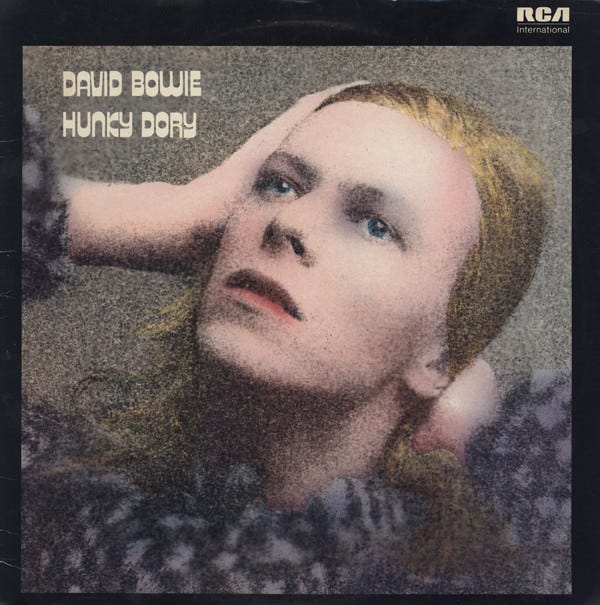[Archive] A Glimpse of 'Hunky Dory' by David Bowie
The sound of David finding his inner Bowie.
As a reminder, I’m revisiting (and lightly revising) some posts from my archive for the next few weeks while I complete a book project. All the posts I’m selecting are normally behind a paywall. I’ll post a new Gems playlist as usual on the weekend.
Listen via Spotify | Apple Music
Hunky Dory came in a golden moment for Bowie, and - wow - he took advantag…
Keep reading with a 7-day free trial
Subscribe to LP to keep reading this post and get 7 days of free access to the full post archives.





